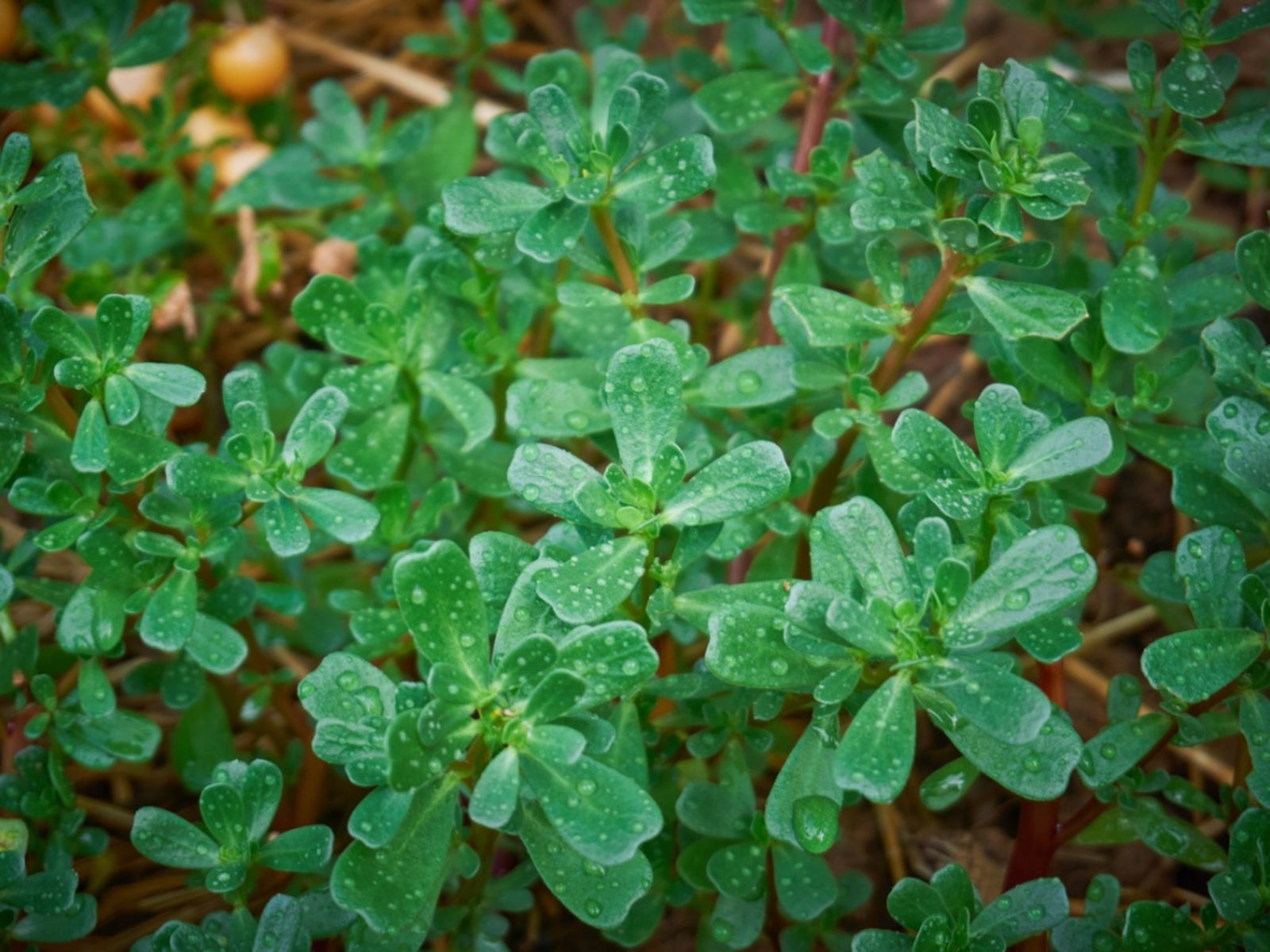Fresh Purslane Herb - What Is Purslane And Care Of Purslane Plant
Purslane herb is commonly treated as a weed in most gardens and yards. However, the succulent plant is edible, delicious, and highly nutritious.


Purslane herb is often considered a weed in many gardens, but if you get to know this fast-growing, succulent plant, you'll discover that it is both edible and delicious. Growing purslane in the garden can be beneficial for your health and taste buds.
What is Purslane?
Purslane (Portulaca oleracea) is an herb that's native to Asia, but has spread all across the world and is commonly found in cleared areas.
The purslane herb has red stems and fleshy, green leaves. The flowers are a bright yellow. Purslane is high in Omega-3 fatty acids and contains vitamin A, vitamin C, vitamin B, magnesium, calcium, potassium, and iron.
Though it grows like a weed, purslane is a healthy plant to add to your diet.
Growing Purslane
The hardest part about growing purslane is finding it. If you've been pulling it out of your flower beds for years as a weed, you may find it has suddenly disappeared.
Once you do find a purslane plant, you can either harvest some seeds or trim off a few stems.
All purslane needs to grow is part to full sun and clear ground. The plants aren't picky about soil type or nutrition, but purslane does tend to grow better in drier soil.
Sign up for the Gardening Know How newsletter today and receive a free copy of our e-book "How to Grow Delicious Tomatoes".
If you decide to plant purslane seeds, simply scatter them, but don't cover the seeds with soil. Purslane seeds need light to germinate so they must stay on the surface of the soil.
If you are using cuttings, lay them on the ground where you plan on growing the purslane. Water the stems and they should take root in the soil in a just few days.
Care of Purslane Plant
Caring for purslane is simple after it starts growing. You don't need to do anything. The same traits that make it a weed also make it an easy to care for herb.
Make sure to harvest it regularly and be aware that it can become invasive.
Harvesting before it develops flowers will help cut down on its spread. Also, keep in mind that purslane herb is an annual. While the chances are high that it will reseed itself, you may want to collect some seeds at the end of the season to have some on hand for next year, rather than hunting for a new purslane plant.
If you decide to harvest wild purslane instead of growing purslane, be sure you only harvest plants that have not been treated with pesticides or herbicides.

Heather Rhoades founded Gardening Know How in 2007. She holds degrees from Cleveland State University and Northern Kentucky University. She is an avid gardener with a passion for community, and is a recipient of the Master Gardeners of Ohio Lifetime Achievement Award.